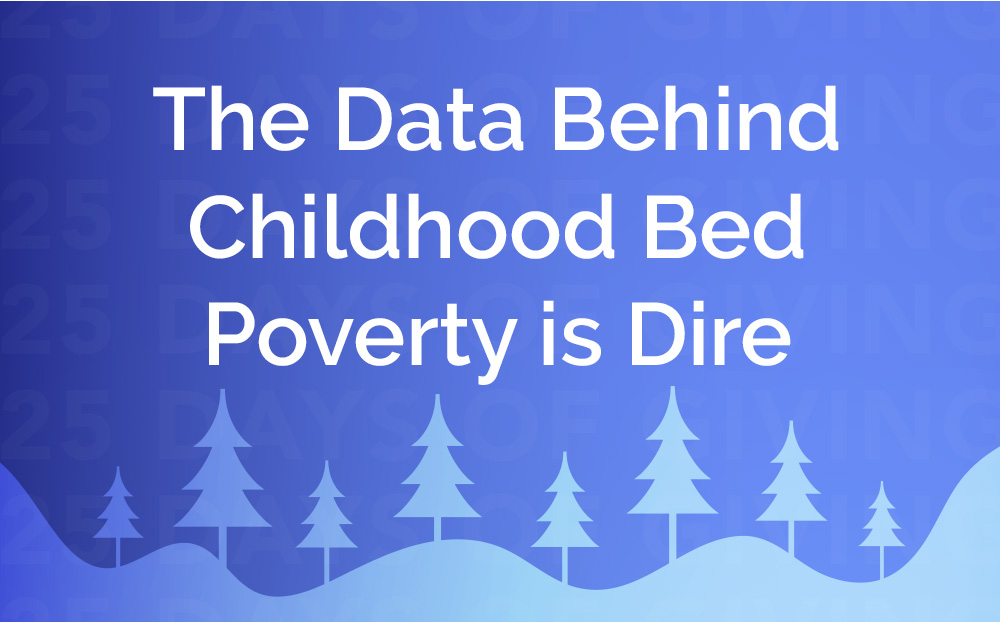
When the sun sets on our days, most of us retreat to the safety and security of our beds for the rest we so desperately need. And while beds are a given (and something we all take for granted) throughout our lifetime, that’s not the case for somewhere around two to three percent of children experiencing childhood bedlessness. While bed poverty is in every corner of the world, one organization stands at the frontlines to ensure No Kid Sleeps on the Floor in Our Town!®. Everyday Sleep In Heavenly Peace takes matters into its own hands (literally), building and delivering beds to kids in need.
What Is Bed Poverty?
While the term bed poverty is beginning to make its way into the modern lexicon, SHP’s Public Relations Manager, Anna Marshall, tells Sleepopolis, “We actually call it childhood bedlessness.”
Marshall explains that bedlessness comes in many forms. “We go into a lot of different situations when we deliver beds. We have kids who share a bed with a parent, kids who sleep on a bag of clothes in the corner, and we’ve even seen situations where family members’ switch off.’ (When one person goes to work, the other goes to sleep so they can rotate who’s using the bed.) And, of course, there are plenty of homes where everyone uses the couch during the day, and come nighttime, the couch pulls double duty as a bed.”
That’s where Sleep In Heavenly Peace comes in.
No Kid Sleeps on the Floor in Our Town!®
Since its founding in 2012, Sleep in Heavenly Peace has donated over 160,000 beds to kids in need. In terms of where beds are needed most, Marshall says it’s everywhere. “Childhood bedlessness is a silent problem that most people don’t realize is going on in their backyard.” She adds that no sooner do they open a new chapter than they receive an influx of applications.
Mark Adcock of SHP’s Charlotte Chapter tells Sleepopolis that in their first five years, SHP was a group of family and friends building beds and delivering them where they were needed most. With only 9-12 “Chapters” during that time, the group built a total of 1,822 beds. Following media coverage in 2018, SHP has grown to roughly 300 chapters in 44 states, Canada, Bermuda, and the Bahamas, and has built over 181,000 beds. But, while they have grown by leaps and bounds, Marshall says it feels as though the applications increase proportionately.
“Since May of 2022, the SHP has received 173,929 applications with requests for 371,971 beds,” says Adcock. Even more unfortunate, he adds, “SHP may not be able to fulfill 180,900 (49%) of those bed requests because they don’t have chapters in some areas and are unable to service them.”
Regarding the ebb and flow of builds and deliveries, Adcock “SHP tends to see some modulation around the beginning and end of the school year, and that number also increases in the Fall and into the Christmas holiday season as many chapters add additional delivery events in December.”
Impact of Bedlessness on Kids
With no formal studies on the subject, it’s hard to really get a pulse on the impact of bedlessness, but we can say this: poverty and sleep inequality are indeed related.
First, the US Census shows that states with a higher percentage of children living in poverty also had more children sleeping less than the recommended amount. (1)
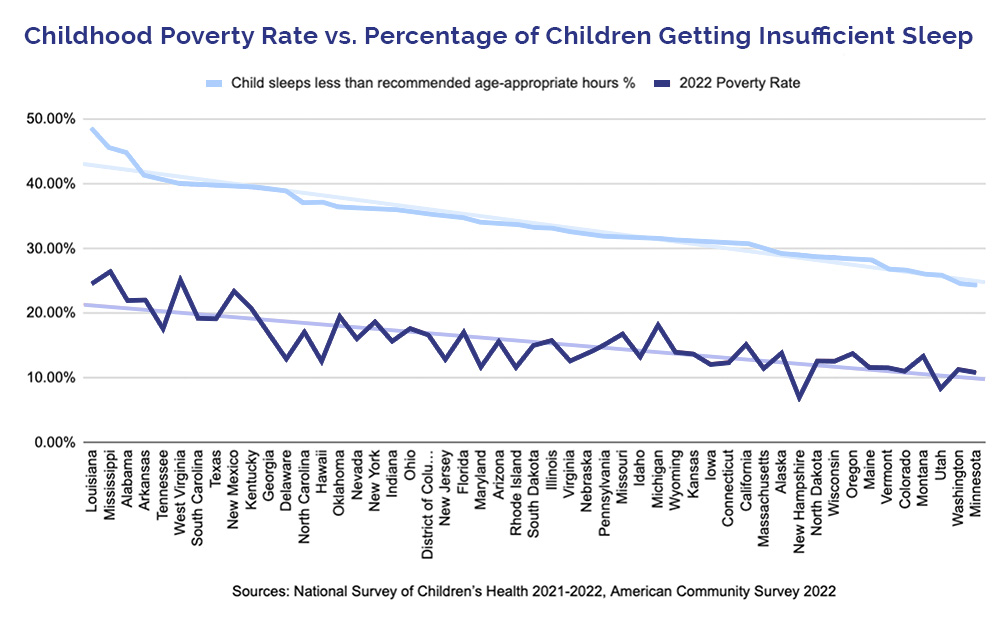
More specifically, 53.1 percent of children living below 100 percent of the Federal Poverty Level get the recommended amount of sleep, compared to 75.8 percent of children at 400 percent of the FPL.
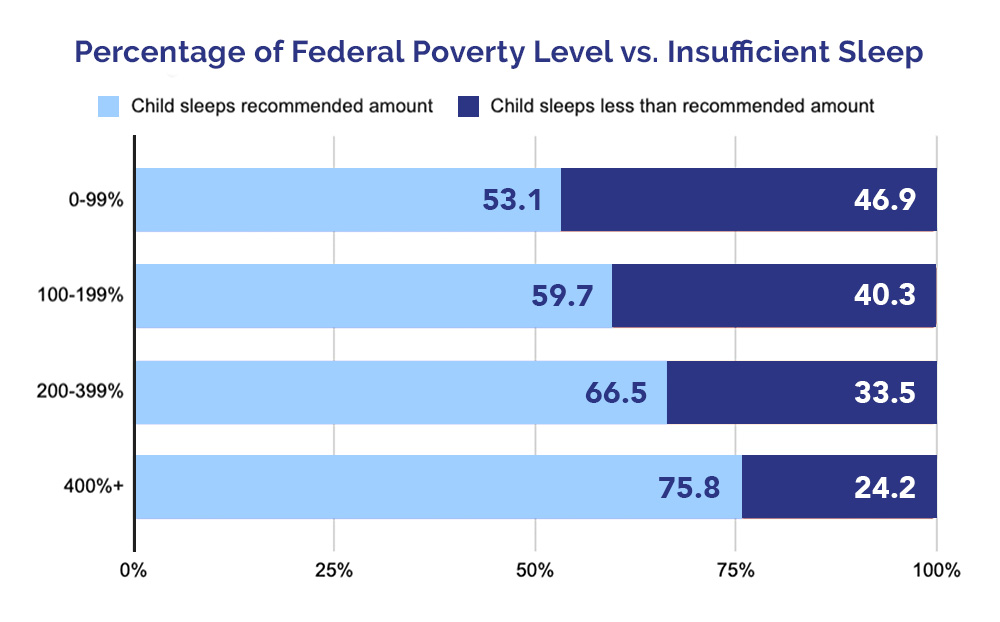
And while poverty seems to be a predictor of sleep inequality, so too does race, geography, and family structure.
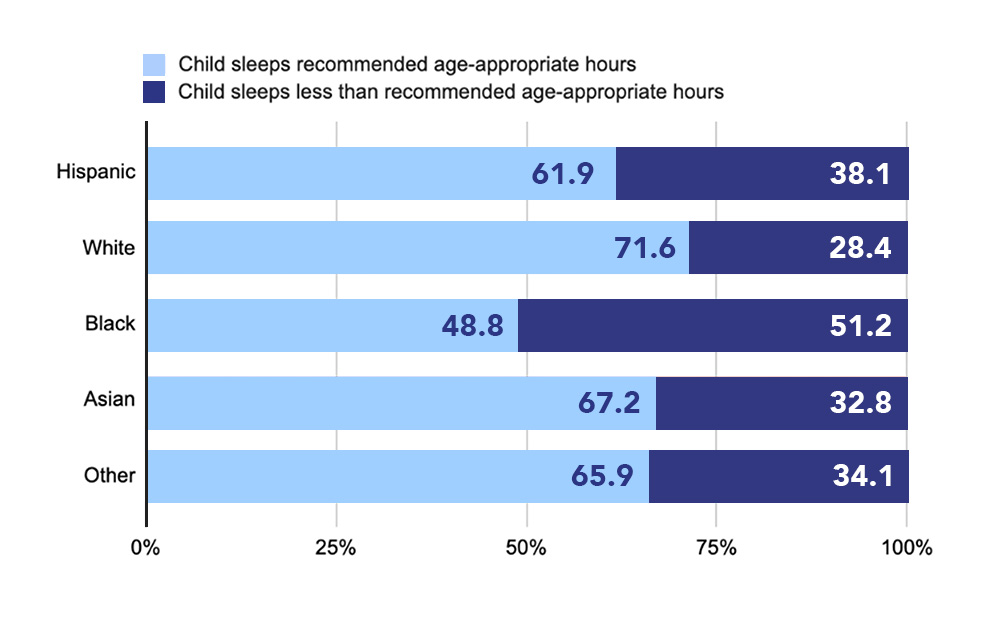
Sleep Inequity By Race
Less than half (48.8 percent) of Black children sleep the recommended age-appropriate hours, whereas 71.6 percent of White children sleep the recommended amount. (1)
Sleep Inequity By Geography
The National Survey of Children’s Health 2021-2022 shows Louisiana has the highest rate of childhood insufficient sleep, with nearly half of their children (48.5 percent) sleeping less than the recommended age-appropriate hours. Mississippi and Alabama rank second and third, with 45.5 percent and 44.7 percent of children lacking sleep, respectively. (1)
| Rank | State | Child sleeps recommended age-appropriate hours % | Child sleeps less than recommended age-appropriate hours % |
| 1 | Louisiana | 51.50% | 48.50% |
| 2 | Mississippi | 54.50% | 45.50% |
| 3 | Alabama | 55.30% | 44.70% |
| 4 | Arkansas | 58.70% | 41.30% |
| 5 | Tennessee | 59.30% | 40.70% |
| 6 | West Virginia | 60.10% | 39.90% |
| 7 | South Carolina | 60.20% | 39.80% |
| 8 | Texas | 60.30% | 39.70% |
| 9 | New Mexico | 60.40% | 39.60% |
| 10 | Kentucky | 60.60% | 39.40% |
Sleep Inequity by Family Structure
Less than half (47.3 percent) of children living in grandparent households get the recommended amount of sleep, while 71.6 percent of children living with two married parents get adequate sleep.
Understandably, the lack of a safe and comfortable sleep space can have a tremendous impact on anyone. (1)
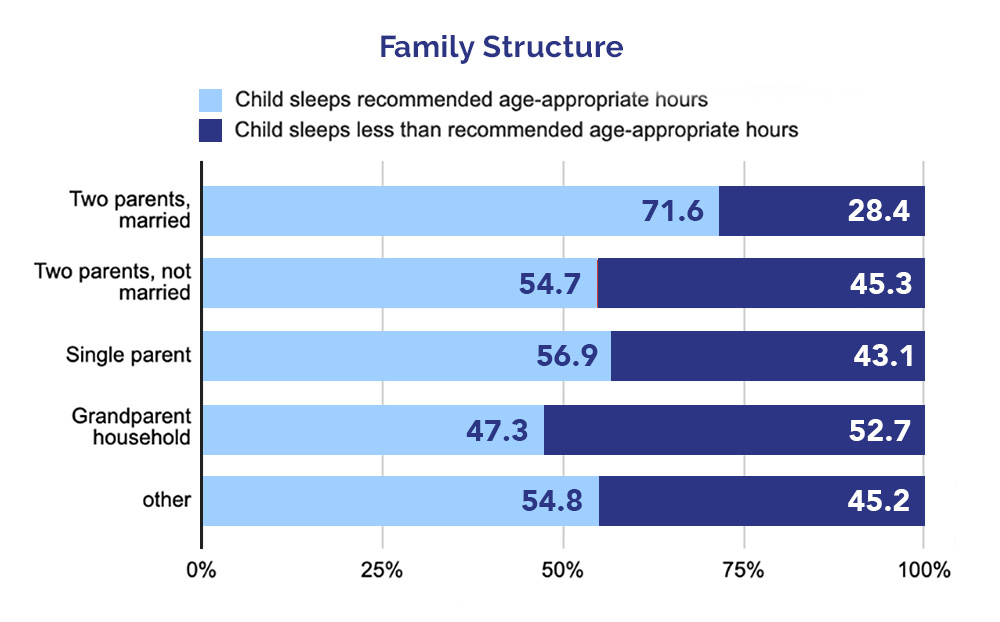
For young kids who are still in the throes of physical and emotional development, the impact is even more profound. Without a bed to call their own, kids are undoubtedly facing down the barrel of poor sleep quality and perhaps even sleep deprivation on a daily basis. Consequently, not only are the kids more likely to develop long-term health issues like diabetes and obesity, but they’re far more likely to have attention and behavioral problems that lead to poor academic performance. (2)(3)
Other potential consequences of bedlessness and the resulting impairments to sleep quality include:
- Poor concentration and focus
- Memory impairment
- Slowed processing
- Reduced creativity
- Poor emotion control
- Mood swings
- Poor immune function
Who Gets a Bed?
While most requests come from parents themselves, Marshall tells us a substantial number of requests come from family members, friends, and even teachers. She adds, “It’s not uncommon for social workers to call SHP requesting a bed for a family that’s about to lose their kid.” A bed can make the difference between keeping their child and having them taken away.
And with almost 200,00 applications and nearly 400,000 bed requests, every chapter has to make some hard decisions regularly. While that’s a lot to process, Marshall says it all boils down to need. “We do not look at anything other than the child’s need for a bed. The financial status of the family — what they have or don’t have doesn’t factor in. Our only criterion is, ‘Does the kid have a bed?’ And ‘Is it safe for the volunteers to come in and deliver?’” Marshall also clarifies that SHP doesn’t replace beds; it strictly donates beds to kids who don’t have a bed of their own.
Sleep In Heavenly Peace only serves kids ages 3 to 17, and Marshall says it’s hard to give an average of how long these kids go without beds. Moreover, every situation is different. She further explains that some kids may get a bed while they’re still pretty young because someone has heard of SHP and took an interest. Yet there are other times when the organization has delivered beds to kids as old as 17, which unfortunately means those kids have gone their whole lives without a bed.
Marshall recalls one story that sticks with her. “SHP volunteers were delivering a bed to a 17-year-old boy. When they entered his room, they saw the young man had a dream board on the wall with only two photos — a souped-up truck and a bed.” Marshall says there wasn’t a dry eye in the room. “But here is a perfect example of a kid who’s gone his whole life without a bed.”
Looking Forward
Childhood bedlessness is in every corner you look, so while 300+ chapters in 44 states and 4 countries sounds pretty incredible, Marshall notes, “that’s still just a drop in the bucket.”
But, she says SHP has some pretty firm goals to keep on keeping on. “We have set a goal to add 60 new chapters per year and to deliver a total of 365,000 beds in the next 5 years,” she says. “One of the things we’re working on is determining which areas are most in need and recruiting people to start chapters in those areas.”
When we asked what she thinks is the biggest speed bump for the organization, Marshall said unequivocally — volunteers. “Every chapter has different needs, but overall, what we need is more volunteers. And, of course, the funds.
How You Can Help
No child should go without something as basic as a safe place to sleep. So, If you’d like to help Sleep In Heavenly Peace on its mission of ensuring that No Kid Sleeps on the Floor in Your Town, here’s how you can help.
Donate To Your Local Chapter
All donations to SHP go toward purchasing materials for beds, building, and delivery, and SHP’s expansion.
Volunteer your time and skills
As Anna Marshall said, one of the things SHP needs most is volunteers. So, if you’re handy with a hammer, your local chapter could use a hand.
Make an In-Kind Donation
When SHP delivers a bed, the child doesn’t only get a bed frame. They receive everything they need to climb into a warm and cozy bed. Marshall tells us recipients also receive a mattress, a pillow, sheets, and a blanket or comforter. If you’d like to make a donation of in-kind materials, consider
- New twin-sized sheet sets, comforters, and bed-in-a-bag
- Pillows
- Wood and other construction material
- Tools
On a final note, Marshall tells us that one of the great things about SHP is that any donation you make — whether it’s time or money – goes to your local chapter and stays in your own community.
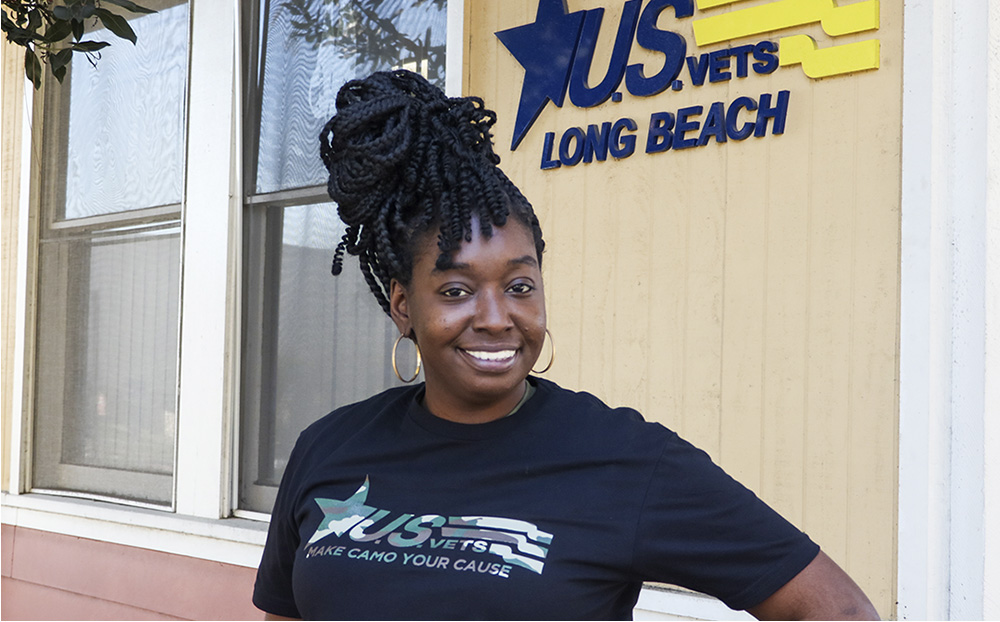
How One Woman Overcame Bed Poverty, and Is On a Mission to Help Others Now
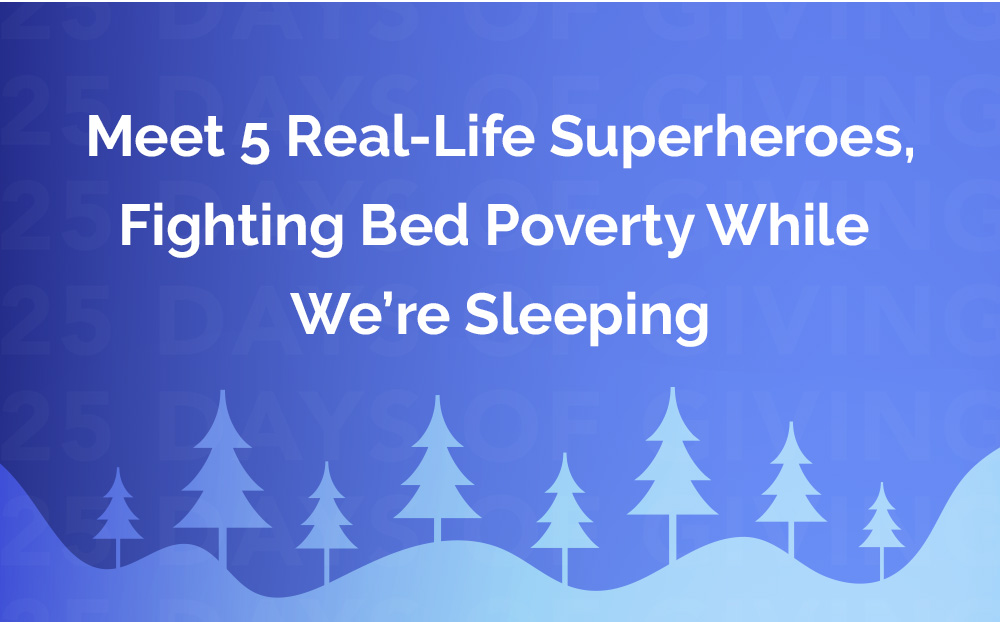
Meet 5 Real-Life Superheroes Fighting Bed Poverty, One Mattress at a Time
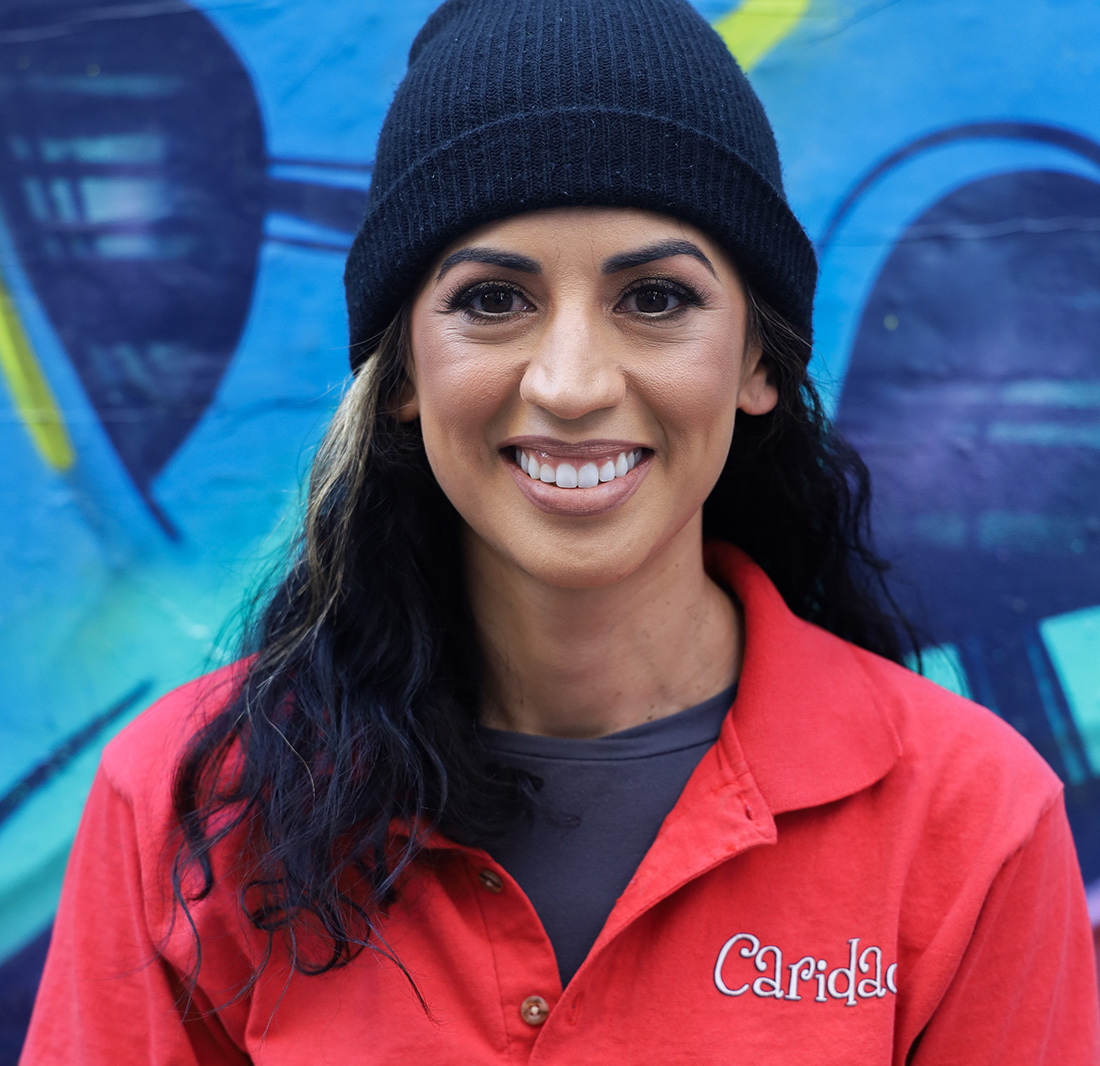
“I Promised My Friends — If I Ever Got Off the Streets, I’d Tell Our Stories.” How One Woman Left Bed Poverty Behind
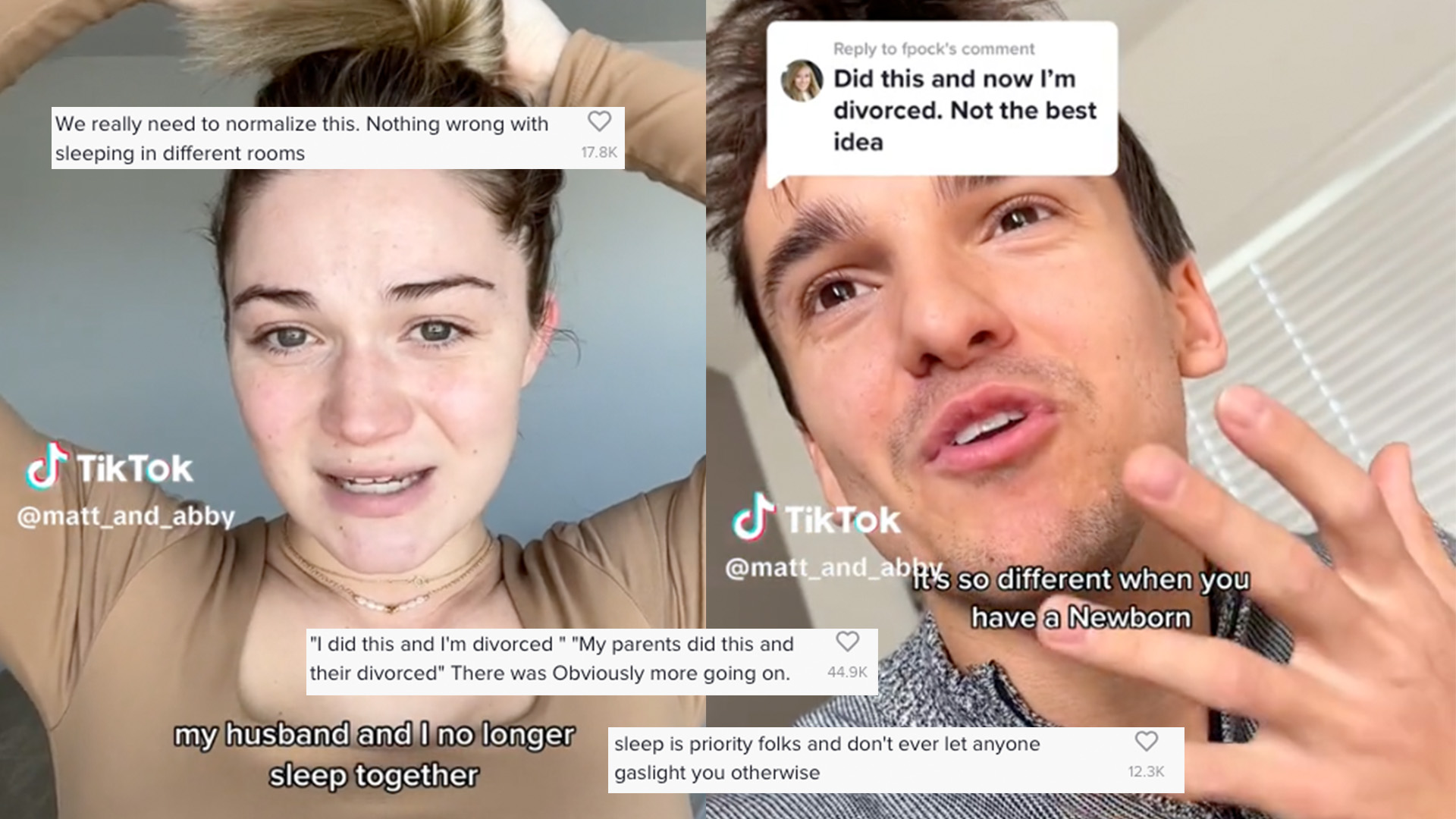
A TikTok Couple Tries a Temporary Sleep Divorce and the Internet Has Opinions
Sources
1. National Survey of Children’s Health (2016 – present). NSCH Interactive Data Query (2016 – present) – Data Resource Center for Child and Adolescent Health. (n.d.). https://www.childhealthdata.org/browse/survey
2. Centers for Disease Control and Prevention. (2023, July 18). Sleep and health. Centers for Disease Control and Prevention. https://www.cdc.gov/healthyschools/sleep.htm#
3. Vik, F.N., Nilsen, T. & Øverby, N.C. Associations between sleep deficit and academic achievement – triangulation across time and subject domains among students and teachers in TIMSS in Norway. BMC Public Health 22, 1790 (2022). https://doi.org/10.1186/s12889-022-14161-1
4. Marshall, Anna. Author interview. November 10, 2024.


























